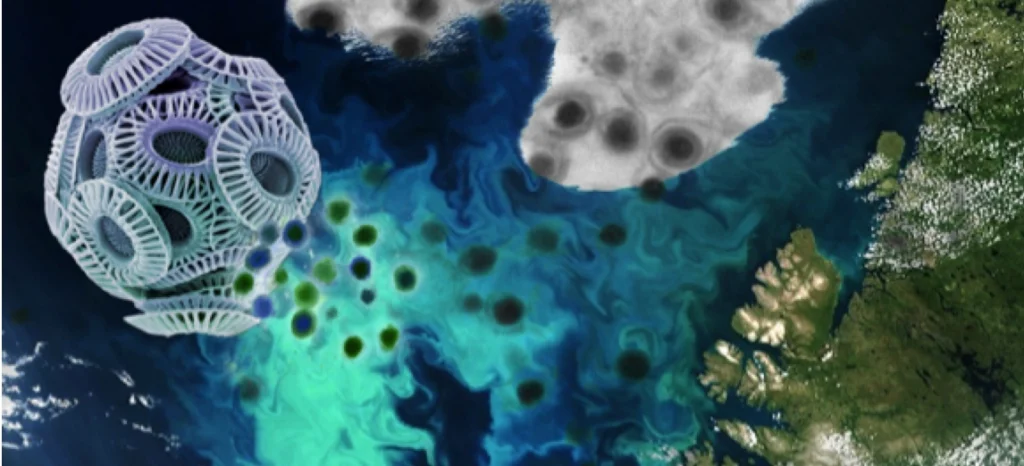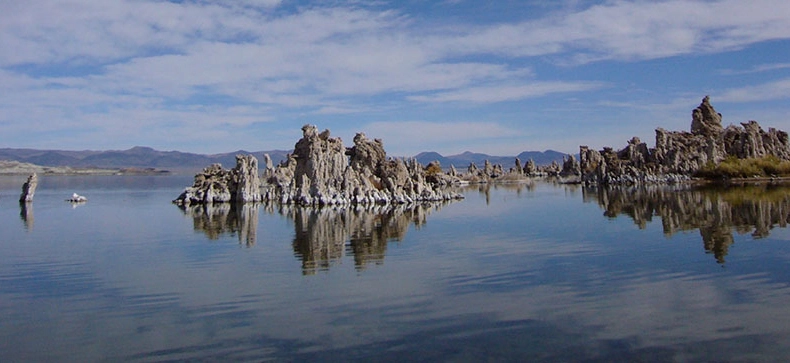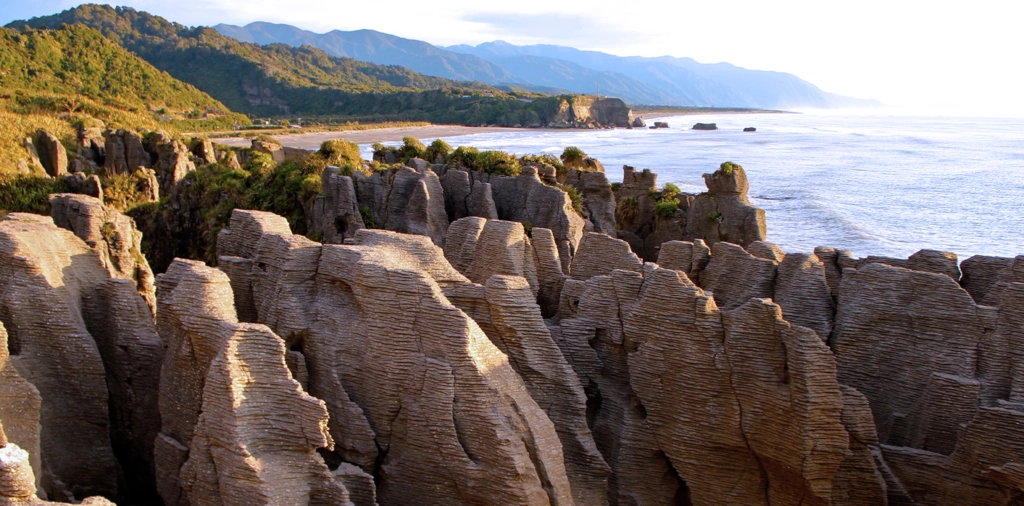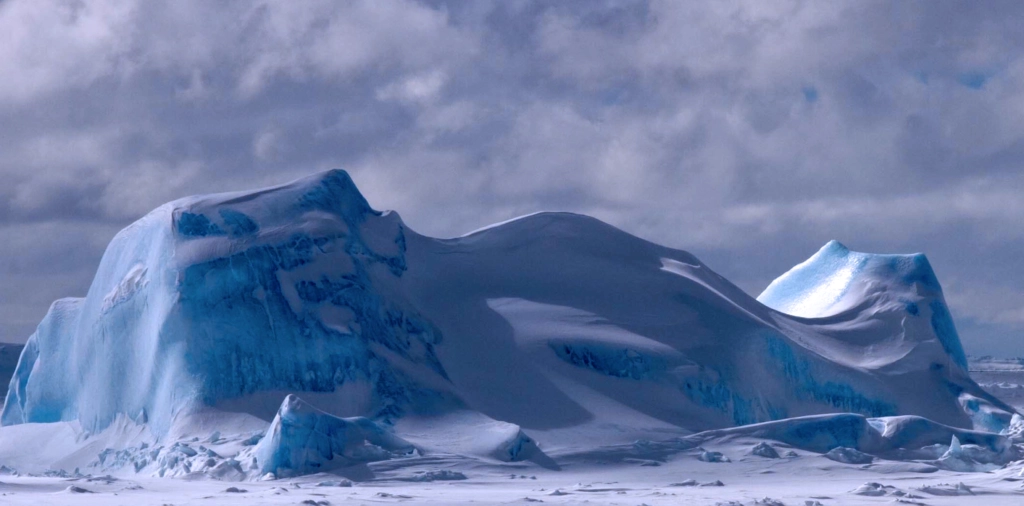
In the summer of 1983 “Every breath you take…” by The Police was on everybody’s lips. But did you know that every other breath you take comes from the ocean, produced by microscopic phytoplankton? We refer to this process as primary production, because it is the most basic process to convert the energy from the sun into chemical forms of energy that can be used by higher organisms.
Why is the sea salty? That’s probably the first chemistry question we ask our students in Introduction to Oceanography. Some ancient folk tales will have you believe that the source of the salt is a magic mill that was accidentally dropped on the bottom of the sea where it continues to crank out salt. Turns out there is some truth to these folk tales, only that the ‘magic mill’ is on land, not in the ocean.


As the saying goes: ”What happens in Vegas stays in Vegas”. Well, turns out the ocean is not as good at keeping a secret. Most of what happens in the ocean ends up on the seafloor. As such, sediments are the long-term memory of the ocean, a window into what Earth looked like thousands or even millions of years back in time. From this muddy library we can learn about the rise and fall of the sea as polar ice sheets have come and gone.
In the 2004 disaster movie “The Day After Tomorrow” New York City suddenly finds itself engulfed in thick ice within the matter of days after a series of superstorms hit the East coast. Apparently these storms were triggered by global warming, which paradoxically causes extreme cooling in New York. Cue Jake Gyllenhaal to come to the rescue. Sounds crazy, right? Well, fear not, it is indeed complete hogwash.

